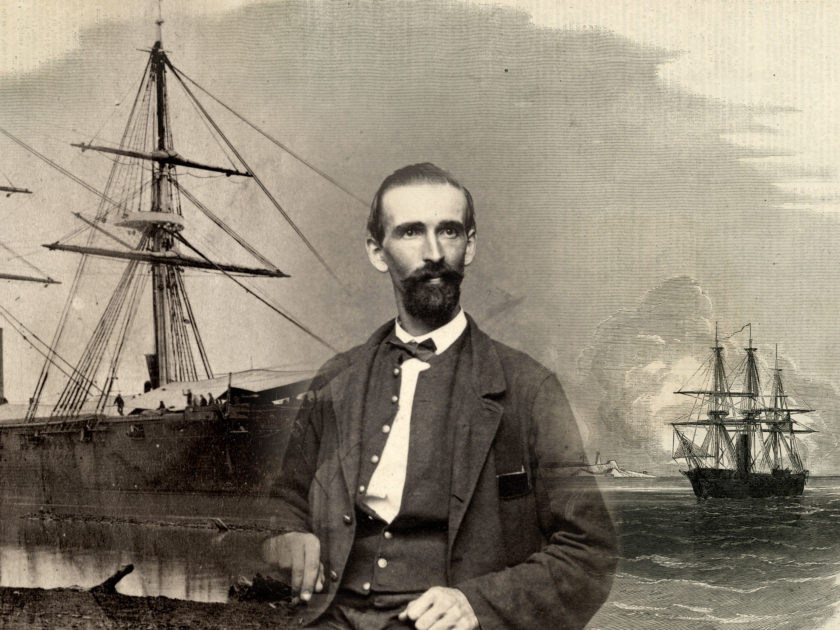
Mariner. Teamster. Refugee. Surgeon’s Steward. The life and naval service of William Tyler Cross
By Jack Hurov
On a warm and windy morning in April 1862, an international incident occurred at the mouth of the Rio Grande River. A group of American citizens, ranging from 50 to 100 in number,
